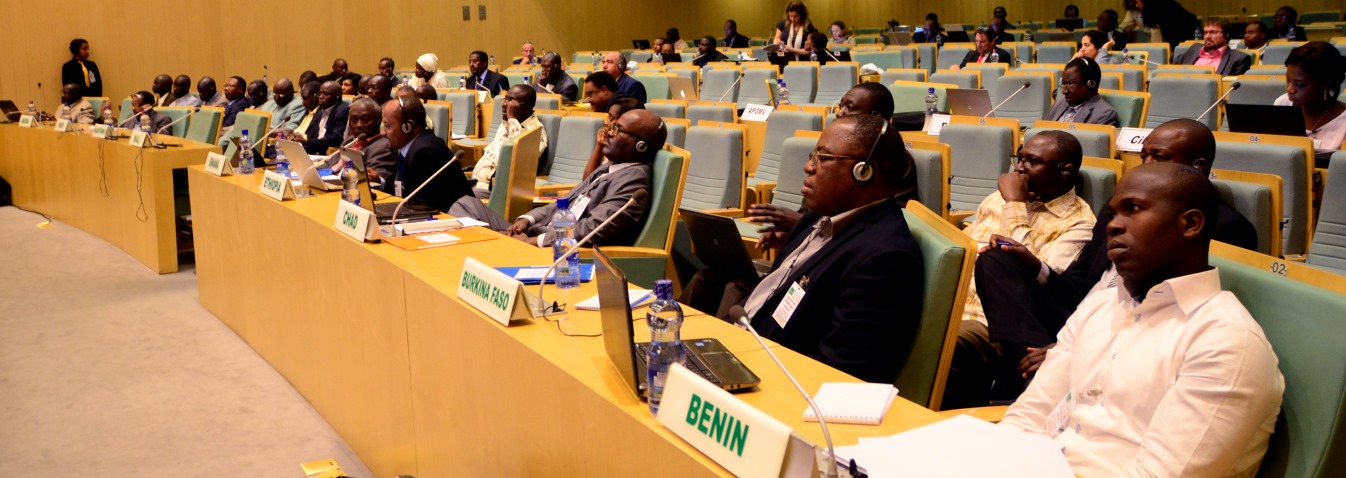
From February 18 to 19, the twelve country project teams that form the World Bank/Global Environment Facility Sahel and West Africa Program (SAWAP) in support of the Great Green Wall are meeting at the Africa Union to share knowledge and best practices to enhance the resilience of African landscapes, lives, and livelihoods – especially the poorest who deeply depend on natural resources for environmental and food security.
SAWAP, a $1.1 billion flexible investment umbrella with 12 country-led investment operations, is the World Bank and GEF’s contribution to the African initiative to help transform the region into a stable, sustainable, resilient region. The program was developed in 2011 under the TerrAfrica partnership, and is reinforced by a regional hub project Building Resilience through Innovation, Communication and Knowledge Services (BRICKS). With the support of Connect4Climate BRICKS facilitates cooperation among the country projects and Great Green Wall partners on operational problems and solutions facing country project teams.
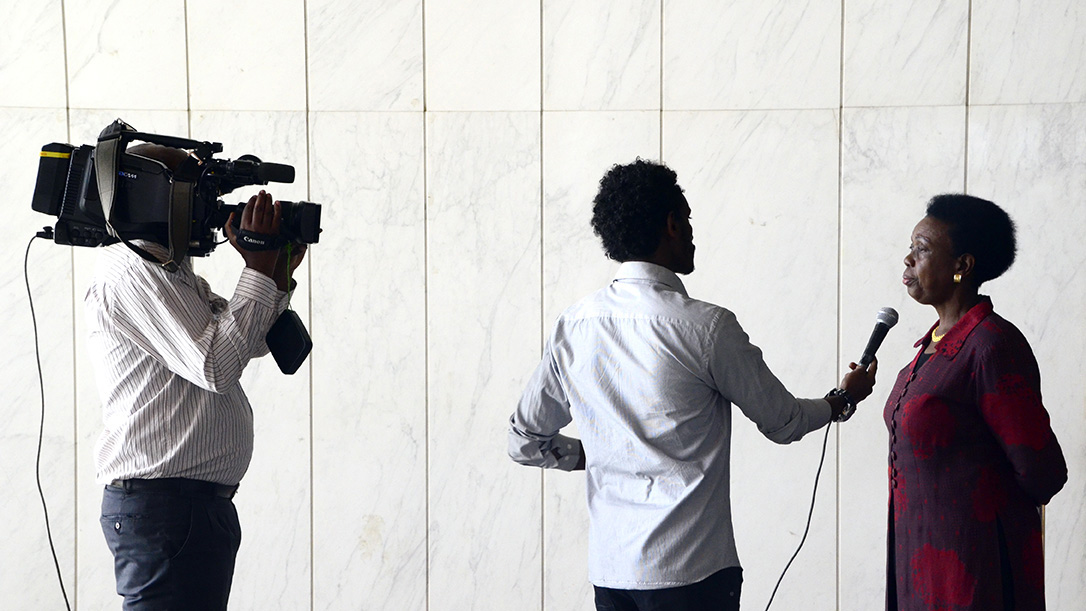
Mrs. Tumusiime Rhoda Peace, Commissioner of the Department of Rural Economy and Agriculture of the African Union, interviewed by Ethiopian media. She stresses importance of the Great Green Wall Initiative addressing the conference. Credit: Max Thabiso Edkins
“The Great Green Wall for the Sahara and Sahel Initiative is the first and only program conceived, engineered and created by the Heads of State of the African Union,” stated Mrs. Tumusiime Rhoda Peace, Commissioner of the Department of Rural Economy and Agriculture of the African Union. “This Wall is made up of the multimillion dollar programs like the SAWAP and BRICKS, multiple sectors and stakeholders, and ultimately the ‘ecological infrastructure’ that generates jobs, food and water security.”
The Second SAWAP Conference is being held in Ethiopia to celebrate the country's successful Sustainable Land Management Program that has so far restored 15 million hectares and transformed the lives of 30 million people in less than 10 years.
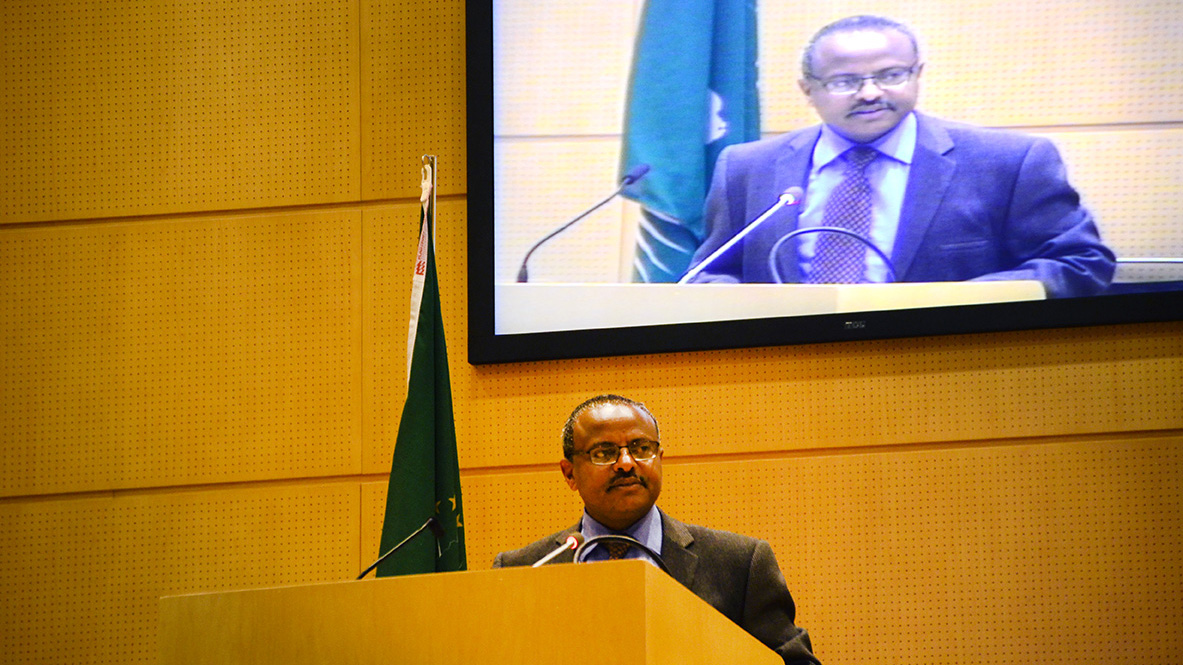
H.E. Ato Sileshi Getahun, State Minister of Agriculture of Ethiopia, emphasized benefits of Sustainable Land Management. Credit: Max Thabiso Edkins
“The poor are affected the most by climate change. Sustainable Land Management helps build resilience and reduce communities’ vulnerability, while also creating pathways out of poverty. … We look forward to greening out landscapes and empowering communities to build their resilience,” said H.E. Ato Sileshi Getahun, State Minister of Agriculture of Ethiopia.
Drylands in Sub-Saharan Africa account for 43% of land area, 50% of population – about 325 million people and 75% of agriculture land used for both crops and livestock production. Poverty is heavily concentrated in drylands with about 75% of Africa’s poor people and by 2030, 40 to 100 million more people could be sensitive to shocks.
“It is becoming more and more apparent that addressing the effects of climate change requires multidimensional interventions and the concerted efforts of all of us,” said Guang Zhe Chen, World Bank Country Director for Ethiopia. “As World Bank President Jim Kim says, resilience is about development and development is about resilience. One cannot exist without the other. That is why the World Bank has been working with Governments and partners to help affected countries find lasting solutions to the challenges they face.”
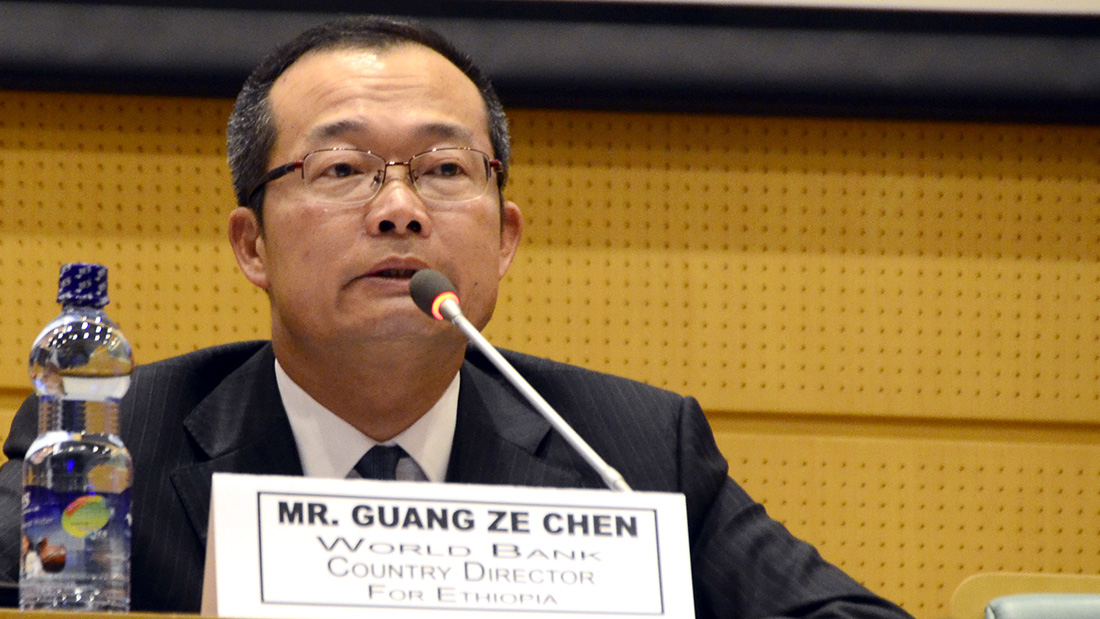
Guang Zhe Chen, World Bank Country Director for Ethiopia highlights importance of resilience to address climate change and poverty. Credit: Max Thabiso Edkins
BRICKS is being implemented by three regional centers: the Interstate Committee to Combat Drought in the Sahel (CILSS), the Sahara and Sahel Observatory (OSS) and West and Central Africa Office of the International Union for Conservation of Nature (IUCN). Each organization delivers specialty services to the SAWAP portfolio to enhance quality and promote regional integration.
“The merit of the BRICKS’s arrangement is that it allows us, African regional centers of excellence, to collaborate together in a united way, up our game and leverage our capacity,” said Dr. Djime Adoum, Executive Secretary of the CILSS. “OSS is in charge of geospatial applications and monitoring and evaluation, IUCN is a leader in biodiversity and communications strategies and CILSS is responsible for exchange of best practices and knowledge management. This allows us to offer effective services to the 12 country project teams and respond to their needs.”
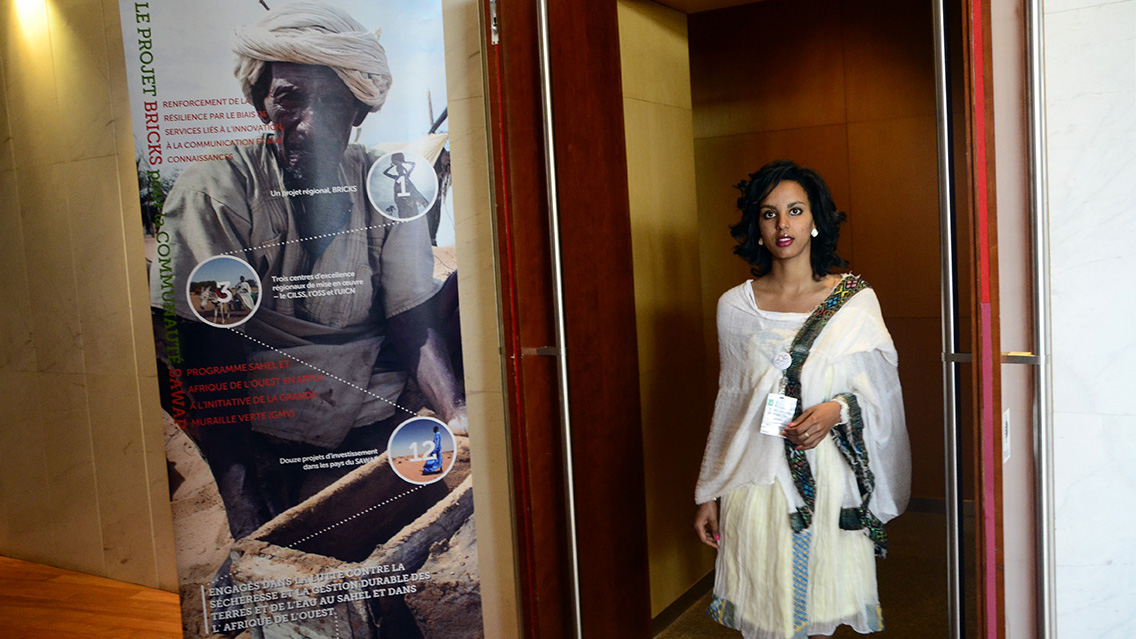
The Second SAWAP Conference brings together 12 country proejcts under BRICKS to enhance sustainable land management. Credit: Max Thabiso Edkins



